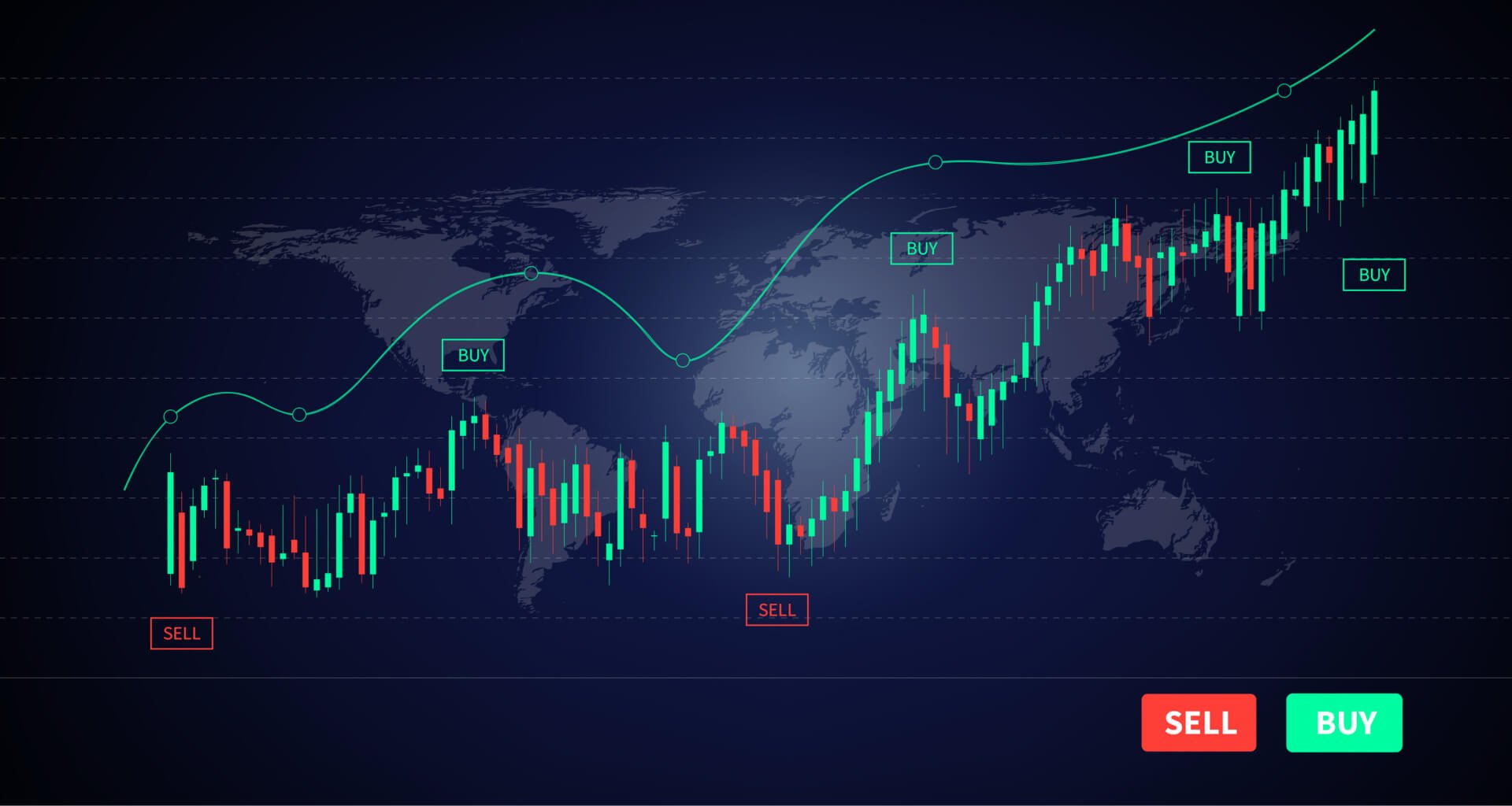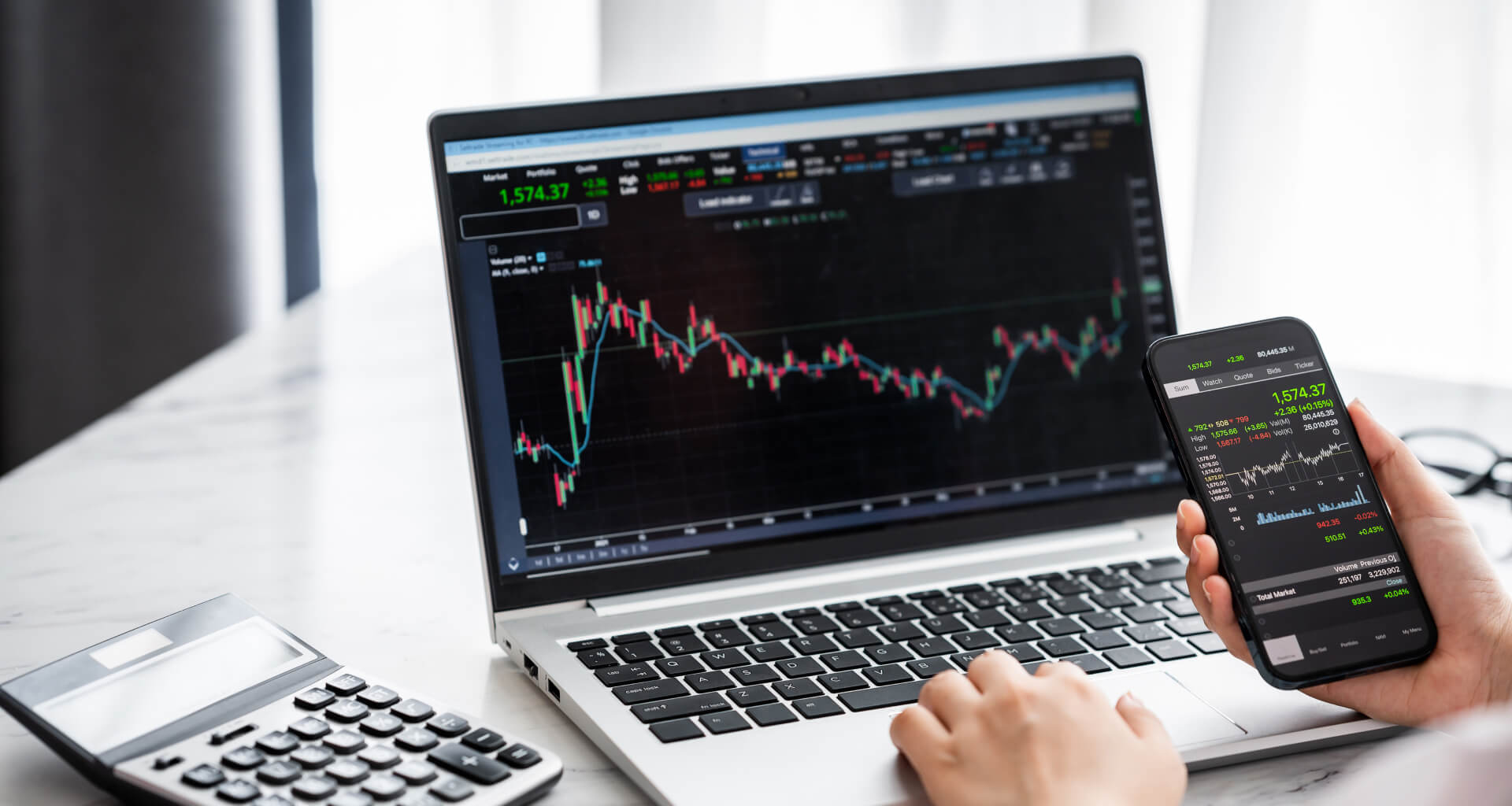In the world of finance and banking, the terms “Tier 1” and “Tier 2” are often used to refer to tiers of banking institutions. These concepts are important not only for industry professionals but also for ordinary customers, investors, and regulators. In this digest, let’s look at what tiering means, which banks belong there, and why it matters.
What do Tier 1 and Tier 2 mean?
The terms Tier 1 and Tier 2 come from international banking practice and are associated with assessing banks’ capital and stability. However, in everyday language, they are typically used to categorize banks by their importance, scale, and role in the economy.
Tier 1 (first tier):
The largest banks play a key role in the national and global economy. These are financial institutions that:
- have the largest assets;
- provide a wide range of services to both private and corporate customers;
- are systemically significant banks, i.e., their collapse could significantly affect the entire financial system.
Why are Tier 1 banks so important?
Tier 1 banks are scrutinized by regulators and investors because their soundness directly impacts the global economy. An example is the 2008 crisis when the collapse of Lehman Brothers (a Tier 1 bank) set off a chain of global economic problems.
Regulators impose strict regulations such as capital ratios (e.g., Core Tier 1 Capital) to ensure stability. These requirements help banks cope with crises and protect depositors’ interests.
Which banks are included in Tier 1?
Tier 1 banks typically include the largest and most stable institutions. For example:
- JPMorgan Chase (US): one of the world’s largest banks by assets.
- HSBC (UK): operates in more than 60 countries.
- Deutsche Bank (Germany): the largest bank in Europe.
- ICBC (China) ranks first in the world in terms of assets.
Characteristics of these banks:
- Huge amounts of assets (typically over $500 billion).
- Global presence.
- High level of capitalization that meets strict international standards (e.g., Basel III).
Who qualifies as a Tier 2 bank?
Tier 2 banks are institutions with fewer assets, a narrower range of services, or localized operations. Examples:
- Regional banks
- Specialized banks: mortgage banks or financial institutions working with small businesses.
- Medium-sized universal banks: those that provide a wide range of services but do not compete with Tier 1 giants in scale.
They are important to the economy, but their failure does not carry the same risk to the global financial system.
Examples of Tier 2 banks:
- US Bank (U.S. Bancorp)
- Raiffeisen Bank International (Austria)
- Banco Santander (Spain)
- Commerzbank (Germany)
Tier 1, Tier 2 banks and Forex liquidity
Large banks, especially Tier 1 banks, play a critical role as liquidity providers in the forex market. They provide access to the interbank foreign exchange market by providing quotes and executing large volumes of trades. Sometimes, they are joined by Tier 2 banks, which also provide liquidity but in smaller volumes or for specific currency pairs.
Why do Tier 1s dominate the liquidity market?
- Asset size: The largest banks have sufficient reserves to back large transactions.
- Global presence: Tier 1 banks operate in all major currency markets.
- State-of-the-art technology: Utilize advanced platforms to ensure minimum spreads and high execution speeds.
For forex brokers, the main liquidity providers are Tier 1 banks: JPMorgan, Deutsche Bank, Citi, UBS, Barclays, and HSBC. These banks offer the tightest spreads, deep liquidity, and a wide selection of currency pairs.
Tier 2 banks, such as Commerzbank, CaixaBank, and Macquarie, provide liquidity for less popular currencies or specialized markets. They complement Tier 1 by offering brokers and their clients more trading opportunities, especially in niche segments.
Who qualifies as a Tier 3 bank?
We have already understood Tier 1 banks (systemically significant global giants) and Tier 2 banks (regional and specialized players). But there is also a third tier in this system, Tier 3, which plays its own important role in the banking ecosystem. Let’s look at the Tier 3s, what their characteristics are, and why they are no less important than the big banks.
Tier 3 banks are the lowest tier in scale and importance. They are small local or specialized banks that serve small cities, regions, or narrow market segments. They have limited resources and assets, and their impact on the national and global economy is minimal.
Features of Tier 3 banks:
- Local focus: they often serve customers in a specific region or small community.
- Small asset size: These banks’ assets typically range from a few million to a few billion dollars.
- Customer focus: unlike large banks, Tier 3 banks can provide a personalized approach, making them popular with small businesses or local communities.
- Lack of systemic importance: the failure of such a bank usually does not affect the country’s economy.
Which banks are included in Tier 3?
They can be:
- Local banks: For example, agricultural banks or banks operating in only one region.
- Cooperative banks: Organizations established to serve specific communities or professions (e.g., credit unions).
- Microfinance banks: Banks that provide small loans to individuals and small businesses.
Despite their small size, Tier 3 banks fulfill an important social and economic role:
- They operate where it is not profitable for large banks – in rural areas or small towns.
- Tier 3 banks often finance entrepreneurs who find getting loans from large institutions difficult.
- These banks focus on long-term relationships with customers and offer more flexible terms than Tier 1 or Tier 2 banks.
- In developing countries, these banks are becoming a bridge between the banking system and people who previously had no access to financial services.
Examples of Tier 3 banks (these are typically small, independent banks operating in specific cities or towns):
- Bank of Ann Arbor (Michigan)
- Grandpoint Bank (California)
- Crédit Agricole’s regional cooperatives (France)
- Triodos Bank (Netherlands)
How does Tier 3 differ from Tier 1 and Tier 2
| Characteristic | Tier 1 | Tier 2 | Tier 3 |
| Scope of operations | Global | Regional or niche | Local |
| Asset volume | Over $500 billion | $10-500 billion | Under $10 billion |
| Clients | Corporations, governments, individuals | Medium-sized businesses, retail customers | Microbusinesses, individual clients |
| System risk | Systemically important | Moderate significance | Minor impact |
| Example of services | Full spectrum, investments | Mortgage, small business | Microcredits, basic services |
Why is it important to divide into levels?
This division helps:
- Investors — to understand how stable a bank is and its financial prospects.
- Regulators — to identify systemically essential banks that require closer supervision.
- Customers — to choose a bank according to their needs: large Tier 1 banks often offer a full range of services, while Tier 2 banks may be more flexible or offer highly specialized solutions.
To summarize
Tier 1, Tier 2, and Tier 3 banks are different financial institutions that play their roles in the economy.
Tier 1 is the giant that underpins the global system.
Tier 2 — universal and regional banks that cover many business and personal needs.
Tier 3 — small local players serving specific communities and niches.
Each tier is important: while Tier 1 and Tier 2 provide stability and large financial flows, Tier 3 makes banking services accessible to the smallest customers, supporting the development of local economies and ensuring financial inclusion.




